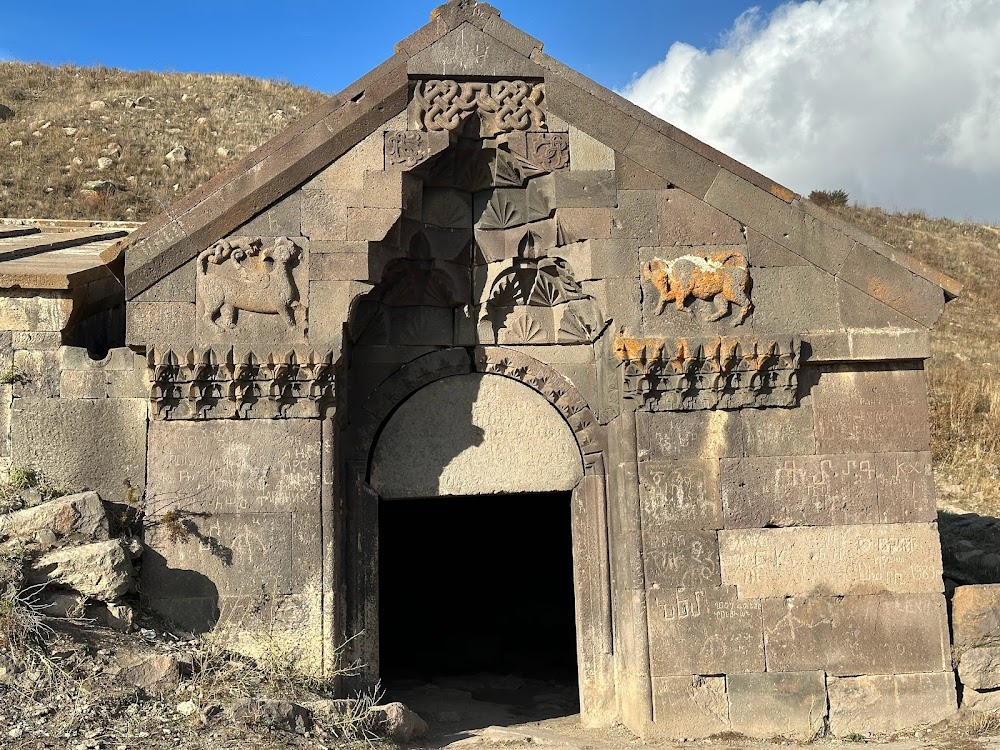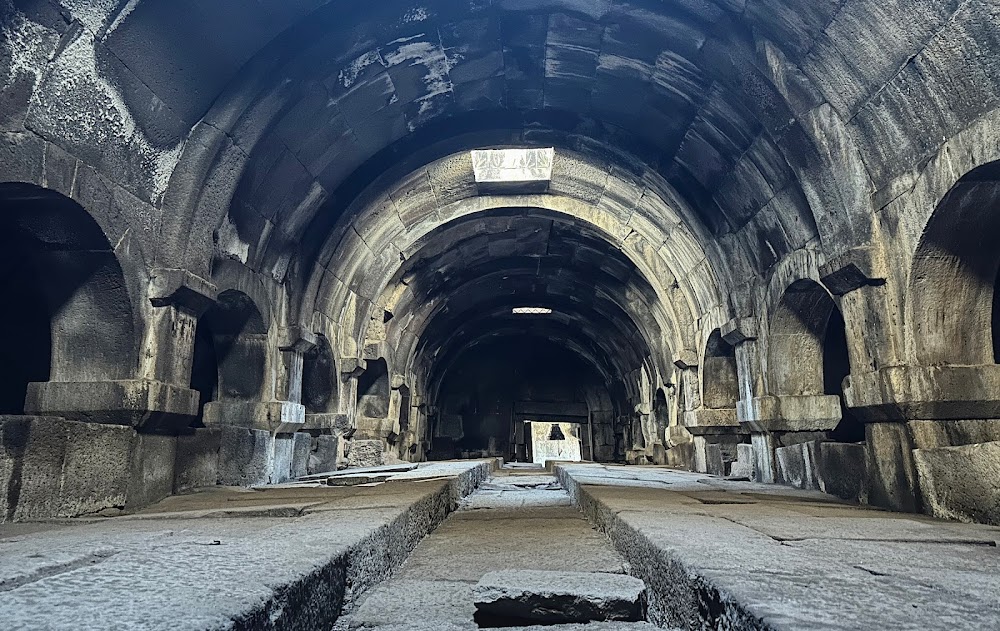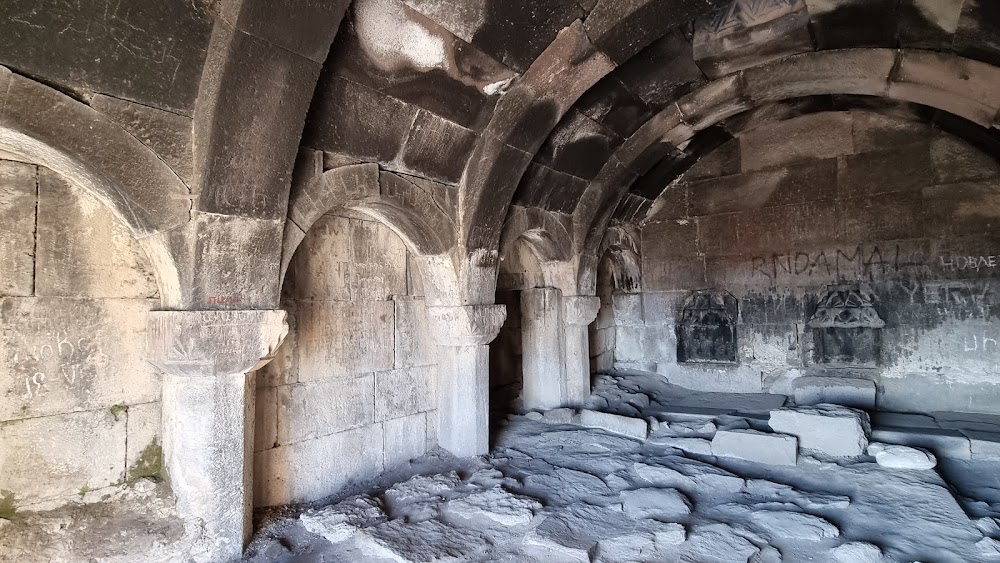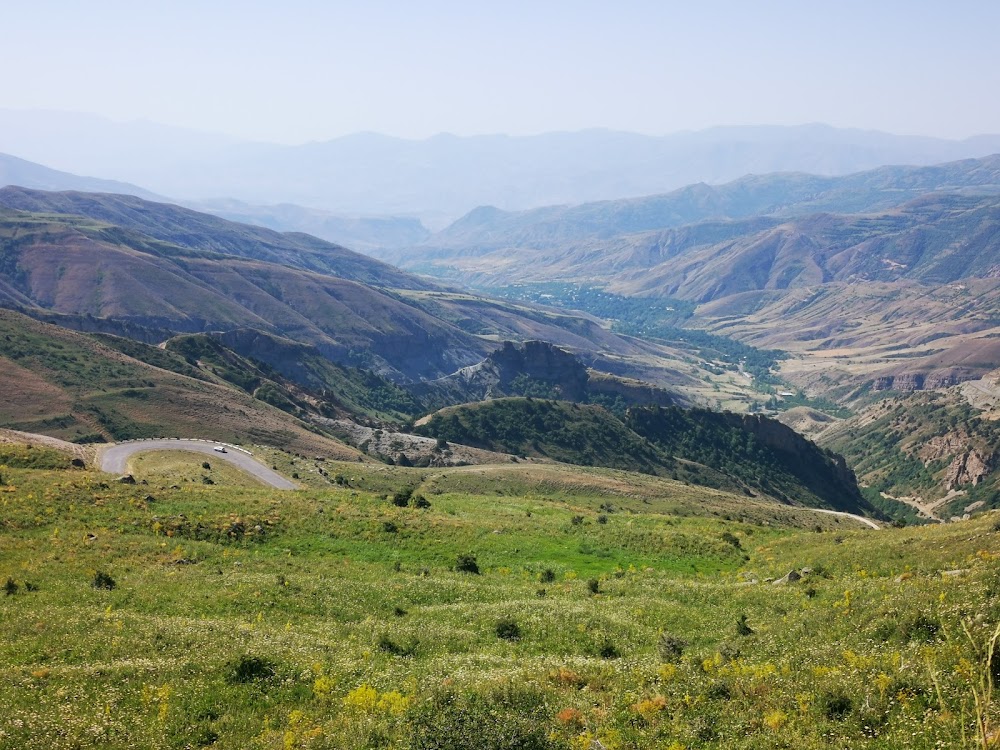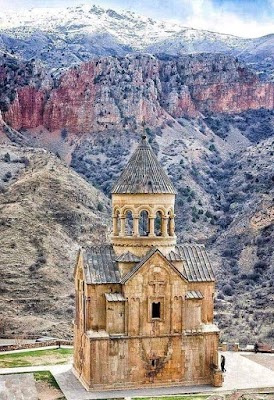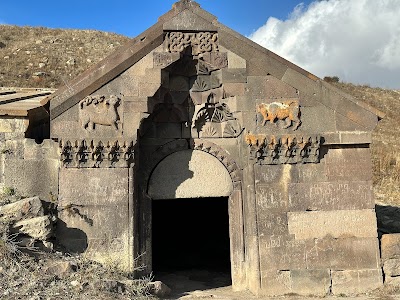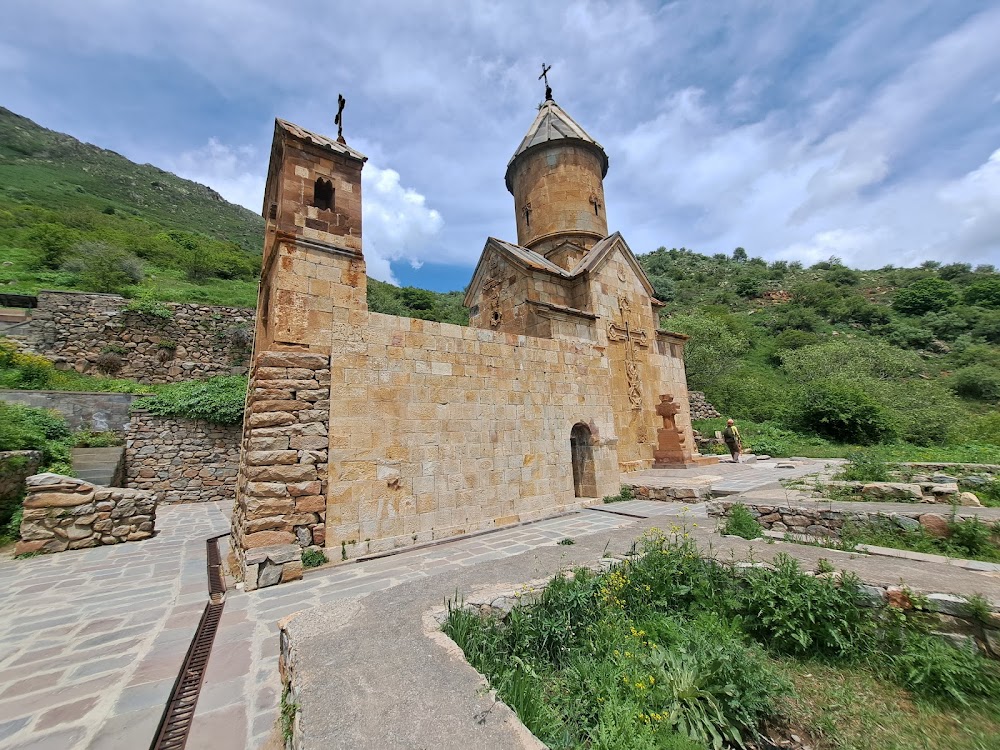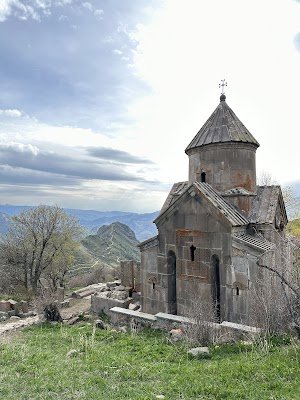Orbelian's Caravanserai (Օրբելյանի կարավանսարայ)
Overview
Orbelian Caravanserai, also referred to as Orbelian's Caravanserai, is a remarkable historical site nestled in the Vayots Dzor Region of Armenia. Built in 1332 by Chesar Orbelian, the Duke of Syunik, this caravanserai served as a vital refuge for travelers and their animals traversing the ancient Silk Road. Its strategic location highlights the importance of this route in connecting diverse cultures and facilitating trade.
Stunning Location
Perched at an altitude of 2,410 meters on the southern slopes of the Vardenyats Mountain Pass, previously known as the Selim Pass, the caravanserai offers breathtaking views of the surrounding mountainous terrain. This elevated position was deliberately chosen to provide a safe haven for caravans navigating the challenging landscapes of Armenia.
Architectural Marvel
Constructed from durable basalt stone, the Orbelian Caravanserai stands as a testament to the exceptional architectural skills and engineering ingenuity of medieval Armenian builders. Its robust walls, which have withstood the test of time, are adorned with intricate stone carvings and inscriptions that narrate its historical significance.
Grand Entrance
As visitors approach the caravanserai, they are welcomed by a magnificent arched doorway embellished with detailed carvings. Above the entrance, an inscription in both Armenian and Arabic honors the benefactor, Chesar Orbelian, reflecting the region's rich cultural tapestry during that era.
Functional Interior
Inside, the caravanserai is designed with practicality in mind. The expansive hall is divided by massive stone pillars into three spacious aisles, providing ample room for weary travelers and their animals to rest. Stone troughs strategically placed throughout the interior indicate the areas designated for feeding and watering animals.
Sleeping Quarters
At the rear of the hall, an elevated platform was created for travelers to sleep, ensuring they were safely distanced from the animals. Although the roof has partially collapsed over the centuries, remnants of small windows and ventilation holes can still be seen, originally designed to allow fresh air and light into the hall while keeping it warm during chilly nights.
Spiritual Sanctuary
Adding to its historical significance, the Orbelian Caravanserai once housed a small chapel, highlighting its role not just as a resting place but also as a spiritual refuge. This chapel served as a space for travelers to offer prayers for safe passage, emphasizing the intertwining of faith and travel in medieval times.
A Lasting Legacy
Despite the ravages of time and natural wear, the Orbelian Caravanserai remains largely intact, standing as a relic of Armenia's pivotal role in the overland trade routes of Eurasia. It provides invaluable insights into the medieval period, showcasing the hospitality and care extended to travelers in ancient times.
Today, the Orbelian Caravanserai stands resilient and silent, a monument to Armenia's rich cultural heritage and the indomitable spirit of human ingenuity in the harshest of environments. It continues to captivate visitors and historians alike, who marvel at its sturdy construction and the historical narratives that echo within its walls.


